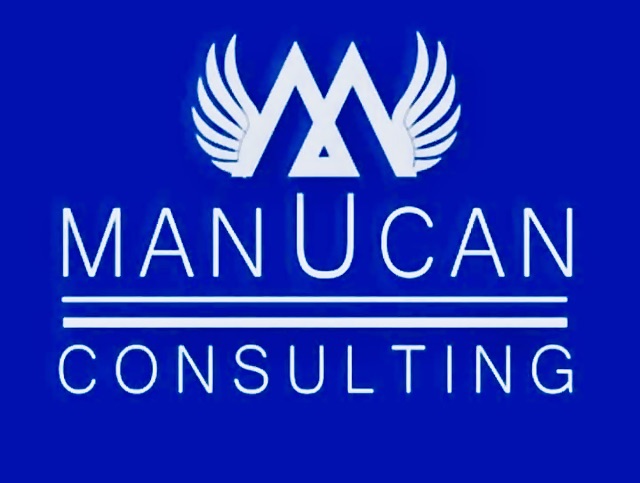A yall know who know me, I spend a lot of time thinking about how we, as a community, respond when things go wrong. It’s easy to focus on blame and punishment, but what if we shifted our perspective? What will happen when we prioritized repairing the harm done and strengthening the relationships that were impacted?
That’s the heart of restorative practices, and it’s rooted in some powerful values that benefit all of us:
Accountability: This isn’t just about assigning blame. It’s about understanding the impact of our actions and taking responsibility to make things right. It empowers those who caused harm to learn and grow.
Respect: Restorative practices create space for everyone involved to be heard and valued. This includes those harmed, those who caused harm, and the wider community. By truly listening to each other, we foster understanding and empathy.
Repair: Harm creates needs. Restorative practices focuses on identifying those needs and working together to repair the damage as much as possible. This could involve apologies, making amends, or finding ways to prevent future harm.
Community Building: When we address harm restoratively, we strengthen the bonds within our community. We learn to navigate conflict in healthy ways and create a culture of support and care. Healthy relationships are the foundation of a thriving community.
Think about it: when harm is addressed through punishment alone, does it truly heal the wounds? Does it prevent future harm? Often, it leaves lingering resentment and doesn’t address the underlying issues.
Restorative practices offer a different path. I invite us to have courageous conversations, to listen deeply, and to work together to create a more just and connected community. It’s not always easy, but the ripple effect of repairing harm and building healthy relationships is profound. It creates a safer, more compassionate, and ultimately stronger community for us all.
Let’s explore how we can bring more restorative principles into our daily lives and our community spaces. What are your thoughts? I’d love to hear them in the comments below.
That’s the heart of restorative practices, and it’s rooted in some powerful values that benefit all of us:
Accountability: This isn’t just about assigning blame. It’s about understanding the impact of our actions and taking responsibility to make things right. It empowers those who caused harm to learn and grow.
Respect: Restorative practices create space for everyone involved to be heard and valued. This includes those harmed, those who caused harm, and the wider community. By truly listening to each other, we foster understanding and empathy.
Repair: Harm creates needs. Restorative practices focuses on identifying those needs and working together to repair the damage as much as possible. This could involve apologies, making amends, or finding ways to prevent future harm.
Community Building: When we address harm restoratively, we strengthen the bonds within our community. We learn to navigate conflict in healthy ways and create a culture of support and care. Healthy relationships are the foundation of a thriving community.
Think about it: when harm is addressed through punishment alone, does it truly heal the wounds? Does it prevent future harm? Often, it leaves lingering resentment and doesn’t address the underlying issues.
Restorative practices offer a different path. I invite us to have courageous conversations, to listen deeply, and to work together to create a more just and connected community. It’s not always easy, but the ripple effect of repairing harm and building healthy relationships is profound. It creates a safer, more compassionate, and ultimately stronger community for us all.
Let’s explore how we can bring more restorative principles into our daily lives and our community spaces. What are your thoughts? I’d love to hear them in the comments below.




